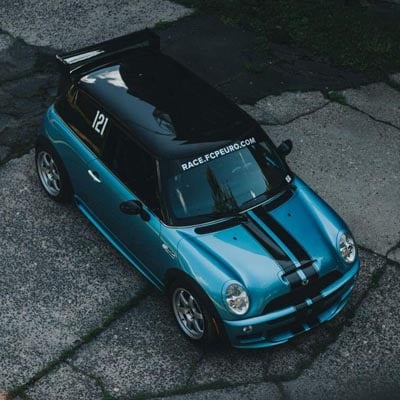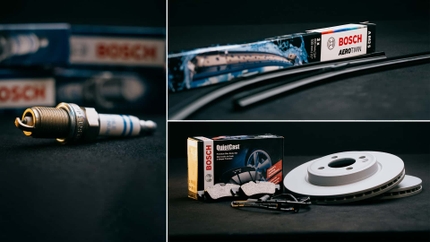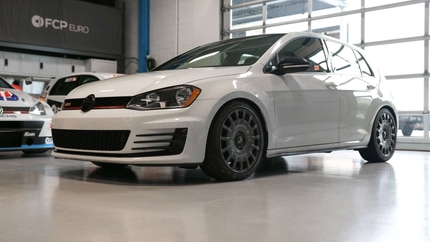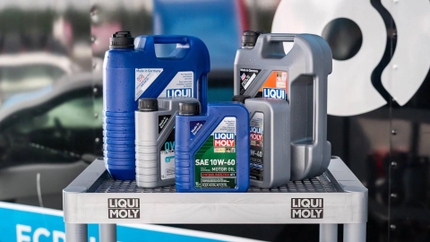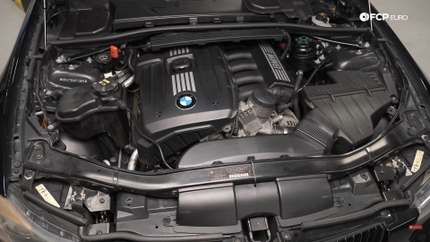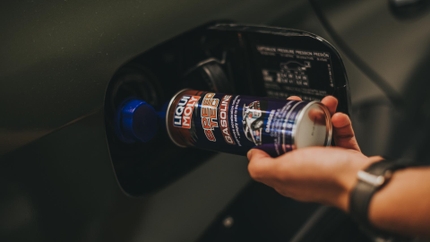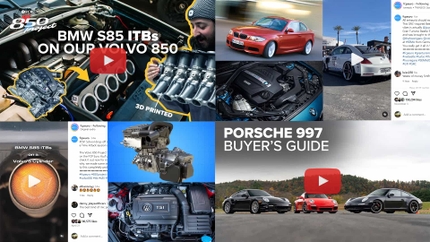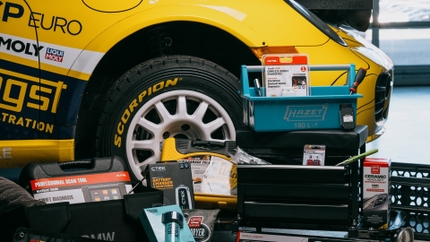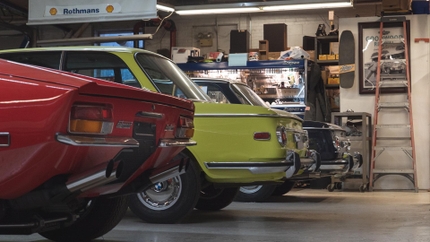- 01/31/2019
- 1 Min Read
- By: Evan Madore
Corvette Racing Has A Resourceful $1 Solution To A Potential $1MM Problem
Racing is expensive. Endurance racing, like the Rolex 24 Hours of Daytona that happened this past weekend, is really expensive. There are more tires, more fuel, more crew, more wear and tear on the cars and that doesn't even take into account the resources needed to staff the track for an entire day, non-stop. There are hundreds of millions of dollars that go into it. That's why I was surprised when I saw a nifty, home-brewed $1 solution from one of the race teams to solve a potential multi-million dollar problem.
The Rolex 24 Hours of Daytona is an awesome race. It's one of the most prestigious, longest-running races on North American soil. Teams from all around the world come to compete in it, and it rivals the 24 Hours of Le Mans. But this year, there was a competitor that wasn't listed on the grid–mother nature.
What started as a fantastic race quickly devolved into quite the soggy spectacle due to inclement weather. The unusual cold and five inches of rain put a damper on the second half of the race with the worst weather in the history of the Daytona 24-hour. Even in perfect racing conditions, a race car looks like absolute hell after a 24-hour endurance race. Molten pieces of rubber from a set of tires could adhere to your paint job. Rocks and dirt kicked up by a car that has gone off could latch itself onto that rubber. If you add rain to the mix, that dirt and dust could turn into mud and battling these conditions as they cover your windshield in the dead of night at 3AM means you need the best chance possible to have clear visibility through your visor and ultimately, your windshield, to compete for the top spot.
Even in perfect racing conditions, a race car looks like absolute hell after a 24-hour endurance race.
With that in mind, you'd think a team competing at this level with this budget would have a windshield washer system developed by NASA to ensure a clear windshield during the few, crucial pit stops. Perhaps an aerosol can that cleans bugs, rubber, and dirt while applying a thin film of glass in one fell swoop. Maybe even a go-go-gadget style window-cleaning appendage that pops out of one of the crew member's hands that wipes and restores vision in a fraction of a second. Maybe they'd give the driver laser vision so they could zap off any grime during the race without even having the crew get involved.
But no. While the number four Corvette driven by Tommy Milner was pitting for fuel and tires early on in the race, a member of the pit crew hopped on the hood to wash the windshield. He didn't have an aerosol can or some expensive bespoke product in his hand, but instead a disposable water bottle with a hole in the cap that was filled with glass cleaner. That's right, they used a water bottle with a hole in it to deliver the glass cleaner to the car. A water bottle with a hole in it.
He didn't have an aerosol can or some expensive bespoke product in his hand, but instead a disposable water bottle with a hole in the cap that was filled with glass cleaner.
While it's easy to poke fun and think "surely they had something better," this actually makes perfect sense. With no mechanisms to fail, this hole-in-water bottle method guarantees it will always just work. And as we know, race teams are some of the most resourceful people on the planet. Maybe their primary NASA-developed aerosol can unit failed, and this was the best thing they came up with in a pinch. Or, perhaps this is the definitive window cleaning mechanism for the #4 Corvette team that has a permanent spot in the toolbox. I'm just wondering if they replace it from one race to the next, or just use the same standard Poland Spring bottle throughout the year. Regardless, I see the opportunity for a Yeti-Windex partnership in this teams' future.
If you're into this, make sure to check out our motorsports program and subscribe to our Youtube channel. We have an exciting season coming up with our two VW TCRs in the TC America Championship.

